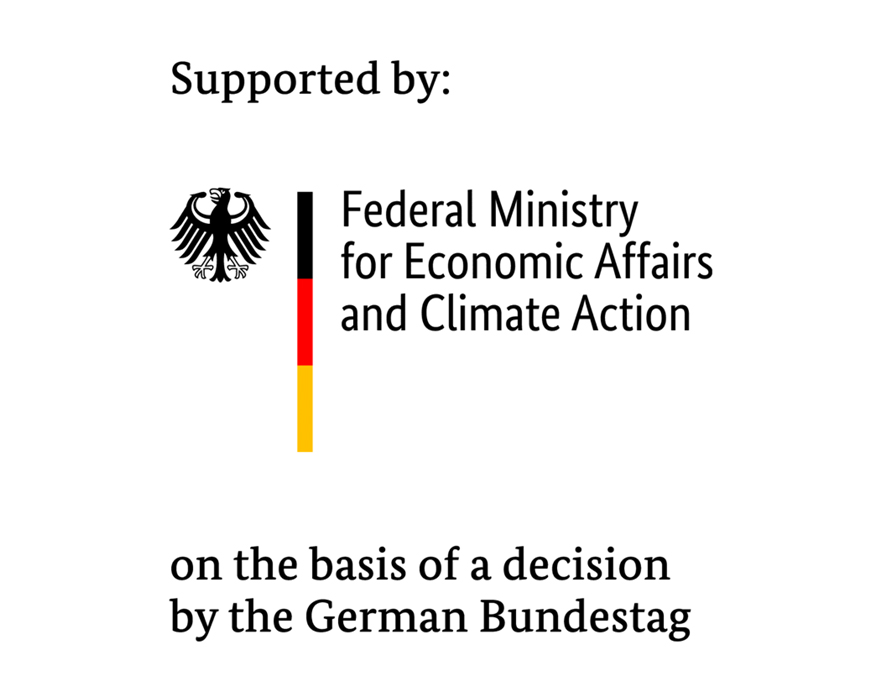At a glance
- Simulated wind conditions, which are represented by means of a simplified standard (IEC61400-1), are a central factor in the design of a wind turbine.
- New findings from wind measurements and the increasing size of wind turbines mean that this standard can only represent the complexity of the wind with higher uncertainty.
- The partners in the EMUwind project are working to derive improved wind field models that will incorporate new research results, the latest measurement data, and existing models in order to enable the improved design of wind turbines.
- In a subproject, Fraunhofer IWES is responsible, among other things, for the development of methods for the quantitative representation of wind field uncertainties and wind field simulations.
The challenge
Wind turbines are exposed to wind turbulences throughout their service life, which places considerable stress on their various components. The better the understanding and simulation of wind fields is, the more accurately wind turbines can be designed.
Wind turbine design currently employs the IEC61400-1 standard. However, due to the complexity of wind, this standard contains numerous simplifications that result in uncertainties in the load simulations.
The solution
In the EMUwind research project, the project partners have set themselves the goal of tackling the topics of spatiotemporal turbulence structures and extreme conditions. The aim is to utilize the quantitative determination of uncertainties, systematic planning and performance of wind field measurements, creation of new wind field models, and quantification of improvements to close these knowledge gaps.
The added value
In a subproject, Fraunhofer IWES is responsible, among other things, for the development of methods for the quantitative representation of wind field uncertainties, which are obtained by means of load calculations and high-resolution numerical flow simulation calculations (CFD calculations, from computational fluid dynamics). At the same time, the expertise in wind field reconstruction and simulation will be expanded to investigate the influence of wind fields on turbines. The estimation of extreme winds is another focus of the project.
The aim is also to put the results of the basic research conducted by the project partners into a form that can be applied in industry and discussed by the relevant IEC-61400 standardization committees.
